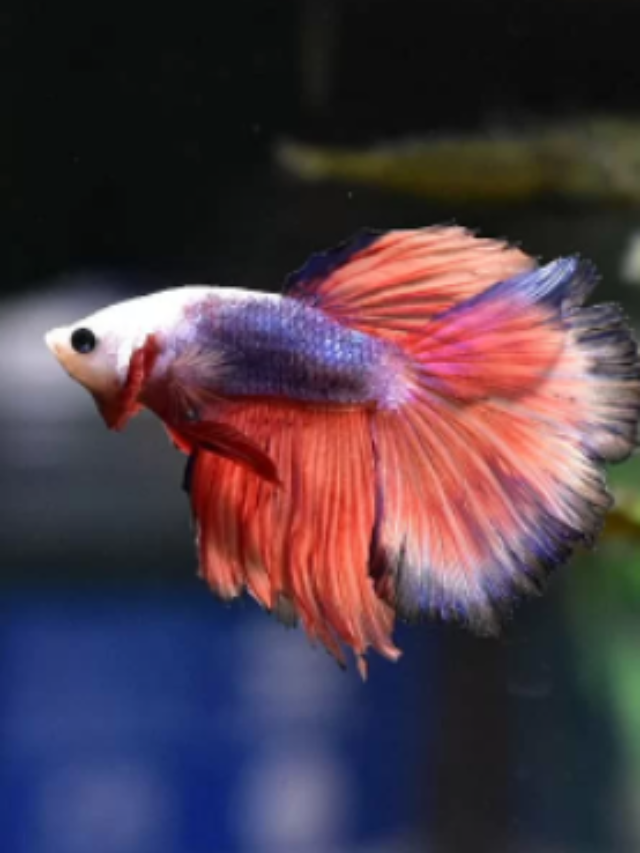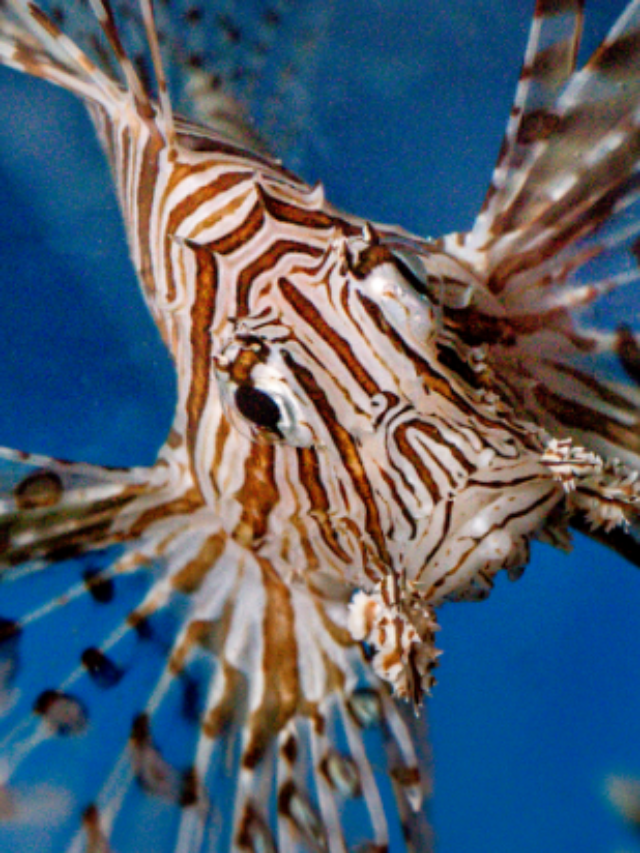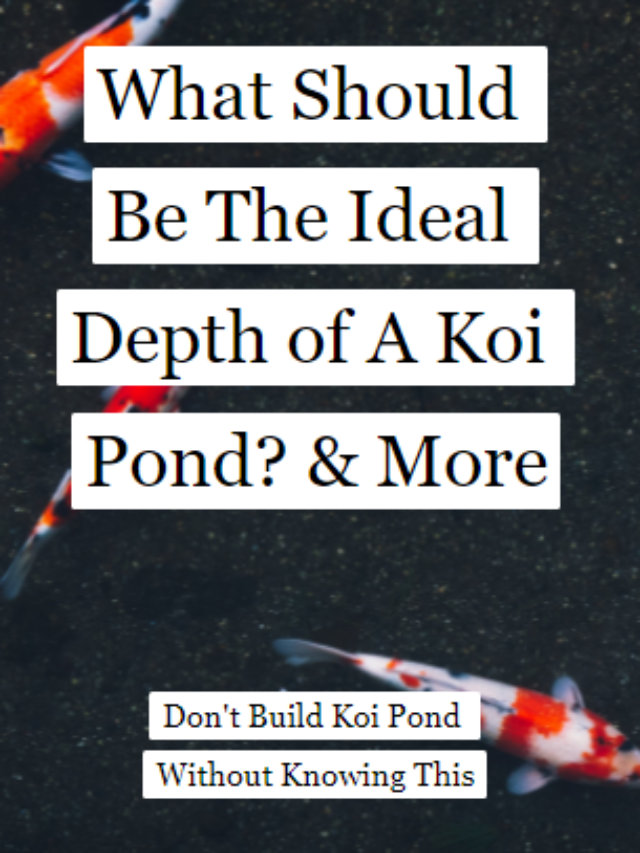Effects of Low or High Lights on Reef Tank: A Guideline
Check Our Quick Stories
Corals are one of the most significant additions of a reef tank and these are very sensitive marine species. In particular, you must take care of the light distribution on a reef tank. A high or low light intensity can create an adverse effect on corals as well as the reef tank.
Higher intensity of light can kill corals within a week where lower light intensity can distress corals for weeks and a few weeks later corals may die. The primary sign of higher light is bleaching or losing tissue and due to low light corals may turn brown in colour.
However, corals may lose their tissue and may lose tissue for other reasons too. The high or low light intensity is not the only reason for these factors. You need to know about the concepts of it otherwise, you may become more confused. Let’s dive deep into the topic.
Effects of low-intensity lights on a reef tank
Corals need to do photosynthesis to derive nutrition from the environment. For this reason, corals have one type of algae that is attached to all its branches. This alga is called zooxanthellae. Corals have a symbiotic relationship with these microscopic algae. This alga provides necessary foods to corals.
This is the whole concept of photosynthesis of corals. Now to do photosynthesis corals require lights. If corals get comparatively low light intensity then they will not make sufficient foods for it. Hence, zooxanthellae algae will start to increase in number to produce more foods in low lights. In that case, the pigments of corals will start decreasing. It happens because pigment concentration is inversely proportional to the zooxanthellae algae.
However, this algal bloom is not good for the corals ultimately. This is a sign of unhealthy corals. If this continues for weeks then ultimately some of the corals will die due to lack of nutrition.
If you have just established a new coral tank then you may face this issue. You must hang on lights at the right distance from the tank. The minimum distance should be 8 inches long vertically.
If this distance is more than 8 inches for your tank then corals may not get sufficient lights for photosynthesis. This happens because the intensity of light decreases with distance. It may be a reason for the brown colour of your corals.
Effects of high-intensity lights on a reef tank
A high-intensity light is much more harmful than low-intensity lights. It is because due to the high intensity of light the zooxanthellae algae starts dying off and with it tissues of corals will start falling off too. It is called the bleaching of corals. In this case, corals look much whiter and pale. This is really very harmful to corals.
Coral bleaching can happen due to heat also. Heat is directly proportional to the intensity of light. So if you hang on the lights very close to the reef tank (Less than 8 inches vertically) then it will create much more heat inside of the reef tank. This heat can accelerate the bleaching process of corals.
The bleaching of corals is a sign of the high light intensity of the aquarium. If you see this unhealthy sign of your corals then you must decrease the frequency of light to reduce the intensity. However, you must decrease the frequency of light very slowly. You must remember if you change the frequency of light quickly then this can be very worse for corals.
| Note:- According to the source, in Australia, more than 70% of Tridacnids were bleached due to environmental heat. However, these were recovered in the winter season. These all Tridacnids took a minimum of 8 months to become healthy again. |
Read more:- Why is my coral not growing? Know proper causes of each of it
What PAR do corals require?
The full form of PAR is photosynthetically active radiation. Zooxanthellae algae require lights to do photosynthesis for corals. Now to do photosynthesis Zooxanthellae algae require a certain amount of light. PAR helps to get this measurement of lights. Here is some data for you to know the right PAR for your live corals in the reef tank.
PAR is a measurement from which an aquarist gets data about how much light is available for photosynthesis for plants and corals. This value is mandatory for planted aquariums and reef tanks because without photosynthesis plants and corals can’t live.
Corals are basically two types. One is soft corals and another is hard corals. Hard corals are divided into two groups (SPS & LPS). Soft corals require 70-150 PAR to live healthily. LPS corals require 100-200 PAR and for SPS, the 200-400 range is the most suitable one.
| This data is fully researched from different secondary sources (authorized website, journal, and books) and primary sources (experts’ opinion, forums). Each of the PAR values is average. There is no hard and fast rule to maintain this value accurately. However, these help new aquarists to get an idea about PAR value |
PAR requirements according to different types of corals
| Soft Corals | Coral Name | PAR value |
| Zoanthids Corals | 100 PAR
|
|
| Sinularia Notanda Corals | 400 PAR
|
|
| Toadstool coral | 150 PAR | |
| Xenia Corals | 120 PAR | |
| Green Star Polyps Corals | 170 PAR | |
| Euphyllia Corals | 150 PAR | |
| Bubble Corals | 150 PAR | |
| Duncan Corals | 150 PAR | |
| Hard Corals (LPS) | Flowerpot coral | 150 PAR |
| Daisy Polyps | 150 PAR | |
| Acanthastrea spp | 120 PAR | |
| Disc coral | 200 PAR | |
| Galaxy coral | 70 PAR | |
| Lobophyllia spp | 70 PAR | |
| Caulastrea spp | 80 PAR | |
| Blastomussa spp | 120 PAR | |
| Hard Corals (SPS) | Acropora spp | 400 PAR |
| Pocillopora spp | 370 PAR | |
| Seriatopora spp | 220 PAR | |
| Montipora spp | 350 PAR | |
| Finger coral | 200 PAR | |
| Stylopora spp | 150 PAR | |
| Hydnophora spp | 250 PAR | |
Which aquarium lights are best for corals?
Corals require lights to do photosynthesis. Now aquarists can use metal halide lights and fluorescent light both. However, metal halide lights are best for corals because this provides deep blue light than a fluorescent light. Fluorescent lights are suitable for FOWLR tanks only.
If you build a reef tank then it requires much depth of lights. Otherwise, the corals will start turning brown. Fluorescent lights are comparatively cheaper than metal halide lights. However, these are fragile in nature and their colour temperature (12000k) shifts frequently. So this is not recommended for planted aquariums and reef tanks.
If you want to give total life support then you must think about the long term. Metal halide lights are stronger than fluorescent lights and their colour temperatures (20000k) are much higher also. This is less fragile in nature and provides much deeper blue light. Corals require this strong light just because of their photosynthesis process to derive foods and nutrition. However, metal halide lights also degrade like fluorescent lights. This happens very slowly over time. Thus, this light is mostly recommended for reef tanks. MH lights provide better CRI than fluorescent lights also.
One of its main drawbacks is its heat-generating capacity. As this light has more power the fluorescent lights so it can generate more heat easily. Hence, you need to hang up the lights by maintaining proper vertical distance (minimum 8 inches) from a reef tank. Otherwise, corals will be overexposed and die off.
| Note:- All blues lights have a wavelength between 400-500 nanometer that is the most suitable condition for every plant and coral for doing photosynthesis. Here metal halide lights are chosen over fluorescent lights because of their depth of colouration and their intensity. Intensity is directly proportional to the PAR value. |
Do corals require blue lights to grow?
Corals remain most active at the 400-700 nanometer wavelengthS. This range is the most suitable for photosynthesis. It means this range of wavelengths is also called PAR. Now blue light and red light have 400-500nm & 600-700nm wavelengths respectively. So, blue and red both are suitable lights for corals.
Some aquarists say that white lights are the best for their reef tank. However, this is not completely true. Only white light cannot provide coral photosynthetic wavelengths. Blue lights are much better for increasing the PAR value in a reef tank. White lights are required to see the reef tank well. You can’t see the tank well if you only have blue lights.
We have created a pole to know the preference between blue and white lights. Here is the result of it.
Read more:- Are anemones really hard to keep? Expert’s opinions
Conclusion
From this long discussion, I can conclude that moderate light (Especially blue light) is the most suitable for the reef tank. Now too high or too low lights are not recommended. You must set the light intensity according to the PAR value.
Due to the high intensity of light corals may die within a week by excessive bleaching. So you must take care of it. The brown colour is also not good for corals that appear due to low light. Now you can check the right PAR value for your corals that has been updated here. I think you may not face the problem again.
You can use metal halide light for your reef tank. Fluorescent lights are not recommended for reef tanks. However, you can use these lights for normal freshwater tanks or saltwater tanks. MH lights are only recommended for planted tanks and reef tanks.
So best of luck & happy fishkeeping🐟






